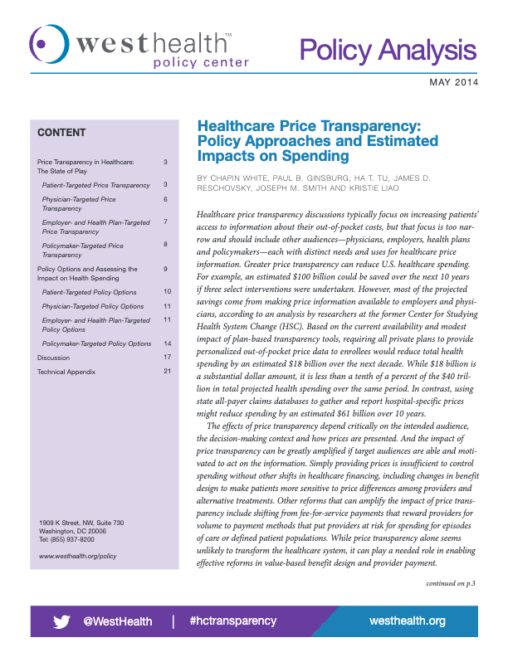Healthcare price transparency discussions have primarily focused on increasing patients’ access to information about their out-of-pocket costs, but the report argues for a broader focus. It emphasizes that transparency must serve multiple stakeholders, including physicians, employers, health plans, and policymakers, each with distinct needs for price information. The report states that better transparency can reduce U.S. healthcare spending by an estimated $100 billion over 10 years, particularly through physician and employer-targeted interventions, which can help promote comparison shopping and informed decision-making.
The report explores how price transparency can influence various audiences and contexts. For patients, transparency tools are available but underused, despite their potential to reduce spending by encouraging patients to choose lower-cost providers. For physicians, transparency can guide ordering behavior and promote higher-value treatments when combined with payment reforms. Employers, on the other hand, can leverage transparency to steer patients toward lower-cost providers and monitor negotiated rates with health plans.
Policy options for enhancing healthcare price transparency include requiring all health plans to provide transparency tools, establishing all-payer claims databases to gather and report hospital prices, and making Medicare claims data more accessible. The report concludes by stressing the need to pair transparency with other shifts in healthcare financing, such as value-based benefit design and payment reform, to maximize its impact on spending.

